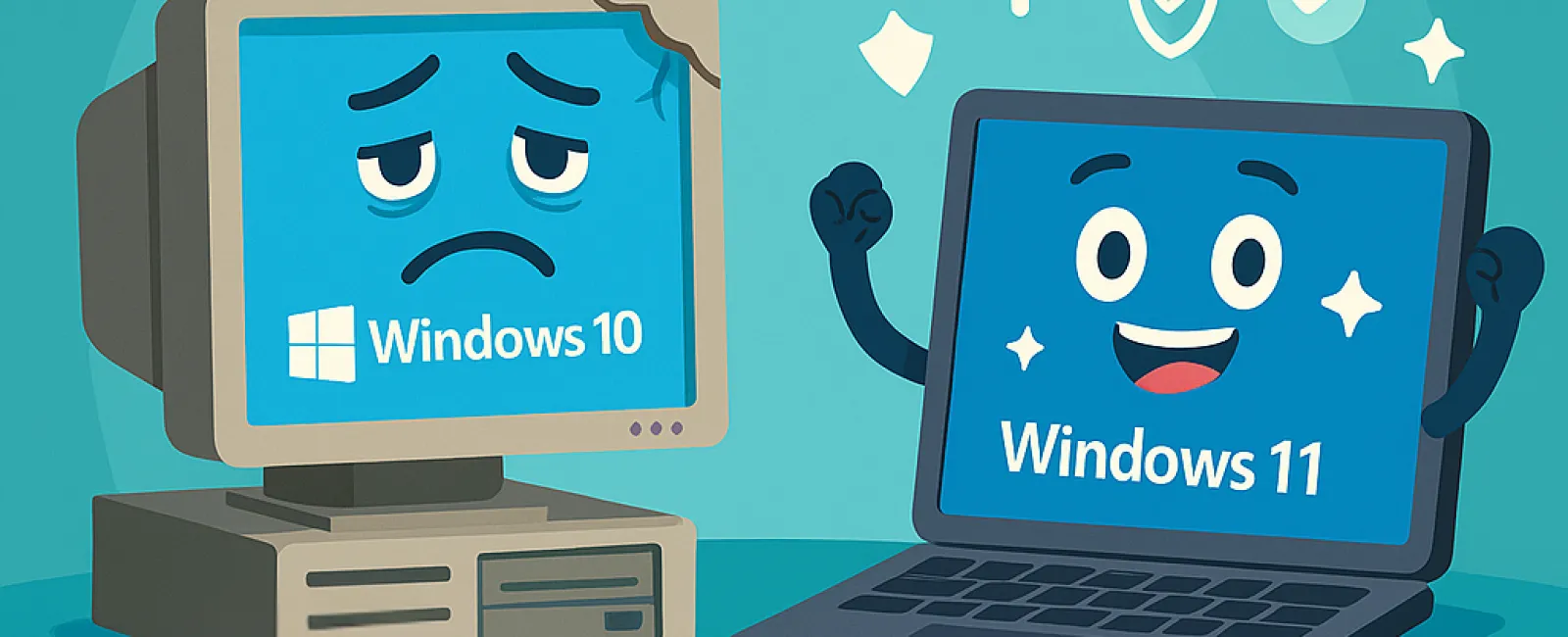September 22, 2025
While it might seem cost-effective to cling to outdated technology, the reality is that holding onto old hardware and software can end up costing your business more in lost efficiency, higher expenses, and security risks. Investing in newer technology is essential to maintain productivity, protect your budget, and ensure robust security.
Understanding the True Financial Impact
Outdated technology drains your resources in several critical ways. Sluggish systems slow down your team's workflow, directly lowering productivity. Moreover, aging equipment is prone to unexpected breakdowns, causing costly downtime and missed deadlines.
Security is another major concern. Legacy software and hardware no longer receive patches, leaving your systems exposed to cyberattacks that exploit known vulnerabilities. This not only endangers your sensitive data but also increases the risk of failing compliance audits. Staying current with the latest technology is vital to safeguard your business against these threats.
Recognize When It's Time to Upgrade Your Technology
Watch for these key signs indicating your tech needs replacing:
1. Your systems still run Windows 10 or earlier.
With Microsoft ending support for Windows 10 in October 2025, your systems will no longer receive security updates, leaving your business vulnerable. To prevent cyber risks and remain compliant, begin planning your transition to Windows 11 now.
2. Repeated IT issues plague your team.
Persistent crashes, slowdowns, and frequent helpdesk calls signal failing technology. These frustrations disrupt work and accumulate into significant productivity losses.
3. Your current software can't keep pace with new tools.
Legacy software may lack integration capabilities with mobile apps or cloud services, limiting your ability to innovate, respond to clients swiftly, and expand your operations.
4. Your devices hinder team efficiency.
Computers that take a long time to start up or frequently freeze during tasks like video calls slow down your entire workflow. Devices older than three to five years should be evaluated for performance and energy use to avoid draining productivity and resources.
5. Your security measures are out-of-date.
If your firewall or antivirus software hasn't been updated recently, your defenses against evolving cyberthreats are weak. Outdated protections often serve as gateways for ransomware and other attacks.
While upgrading technology may feel costly upfront, the hidden expenses of inefficiency, security vulnerabilities, and constant patches far surpass the investment in modernizing your infrastructure. Affordable, strategic upgrade options enable you to enhance performance without breaking your budget.
Partner With Experts for a Smooth Transition
If you want a trusted team to guide your technology upgrade—monitoring for outdated systems and ensuring seamless transitions—reach out to us to schedule your FREE Discovery Call. In this brief consultation, we'll outline the next steps to secure, optimize, and cost-effectively update your business technology. Contact us today by calling 336-310-0277 or click here.



